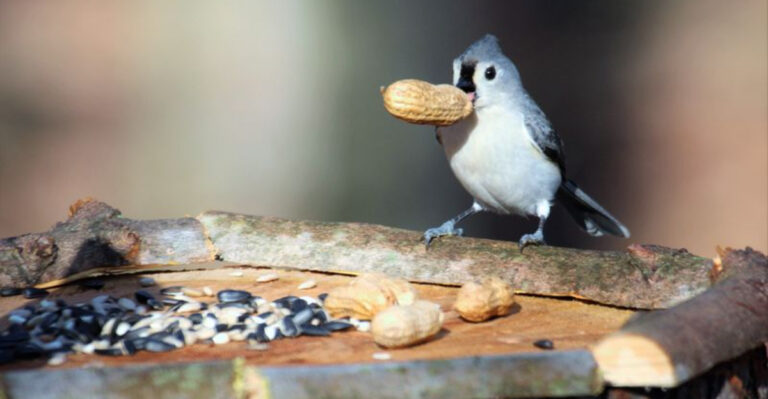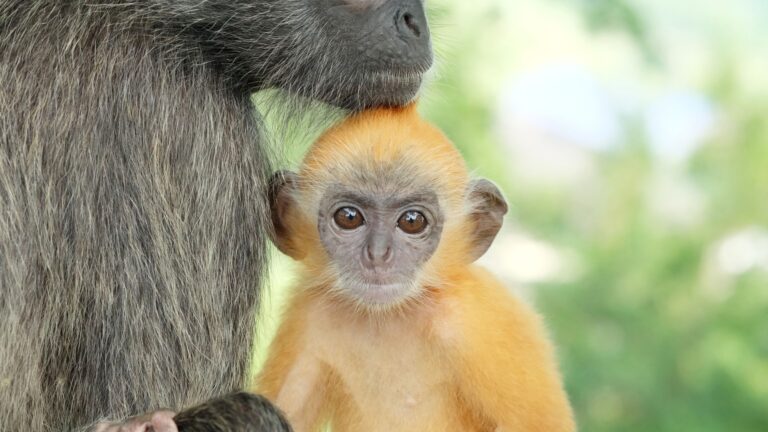20 Incredible Animals That Have More Than Two Eyes
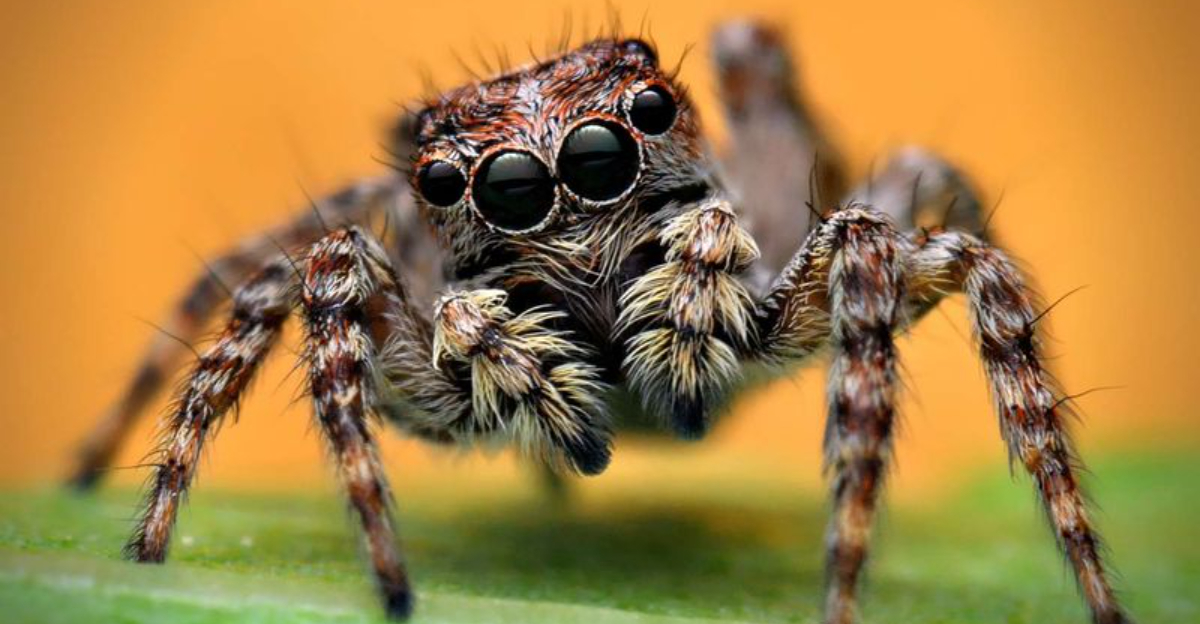
Prepare to be amazed by the fascinating world of animals sporting more than two eyes. These remarkable creatures boast unique adaptations that help them survive and thrive.
From the mesmerizing peacock mantis shrimp to the ancient horseshoe crab, each animal presents a stunning spectacle of nature’s creativity. Delve into this captivating list of twenty extraordinary, multi-eyed wonders.
1. Horseshoe Crab
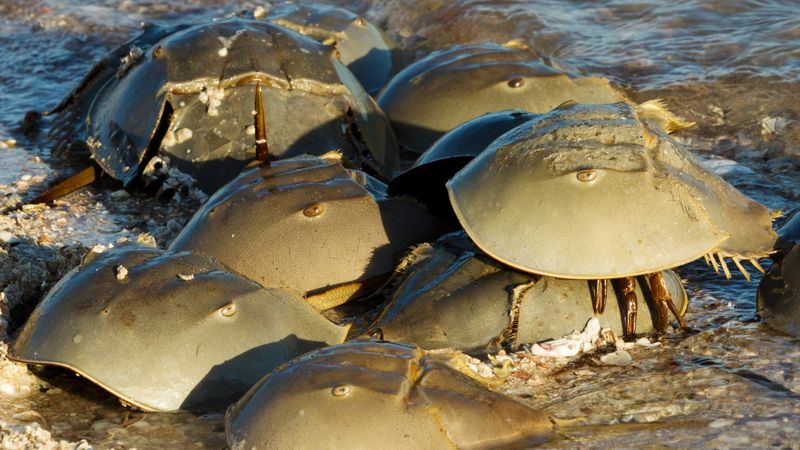
This living fossil, dating back 450 million years, is a marvel of survival. The horseshoe crab features ten eyes spread across its shell.
These eyes serve various functions, from navigating murky waters to detecting ultraviolet light. Its unique design and adaptability have ensured its persistence long before dinosaurs roamed the Earth.
2. Sea Star
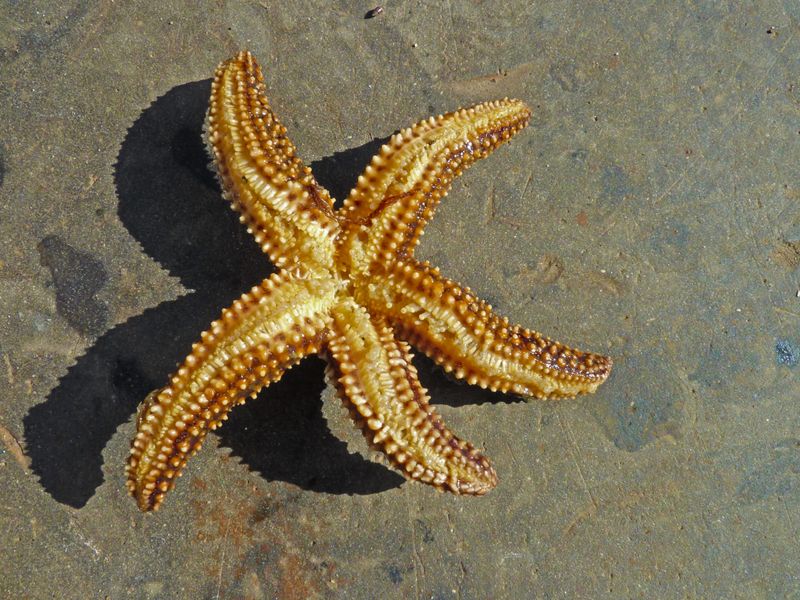
Not just a beautiful ocean inhabitant, the sea star is a sensory powerhouse. With eyes at the tips of its arms, it detects light and dark, guiding its slow yet deliberate movements.
This adaptation aids in finding food and navigating its underwater habitat. While not traditional eyes, these spots are vital for its survival.
3. Scallop
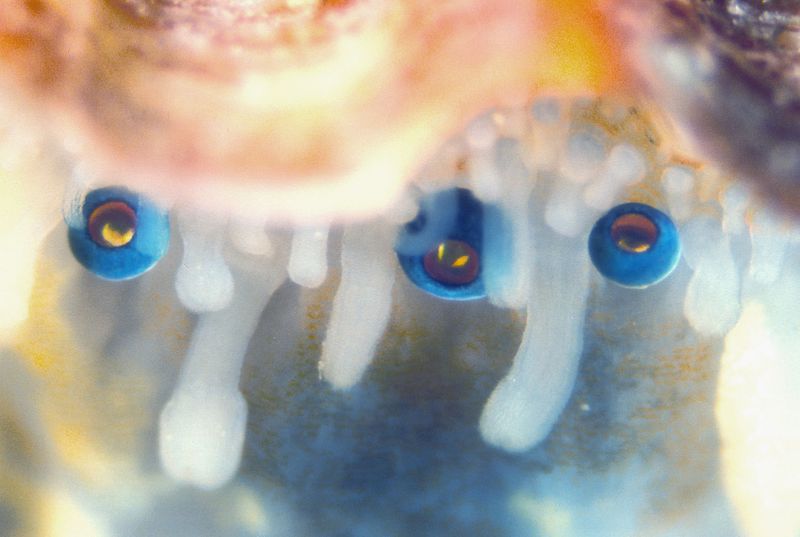
Who knew a mollusk could be so visually intriguing? The scallop flaunts up to 200 eyes lining its mantle. These eyes are not for vanity but for survival, detecting movement and changes in light.
Such a complex visual system helps it escape predators and find the best spot for feeding. Nature’s elegance meets functionality in this bivalve.
4. Dragonfly
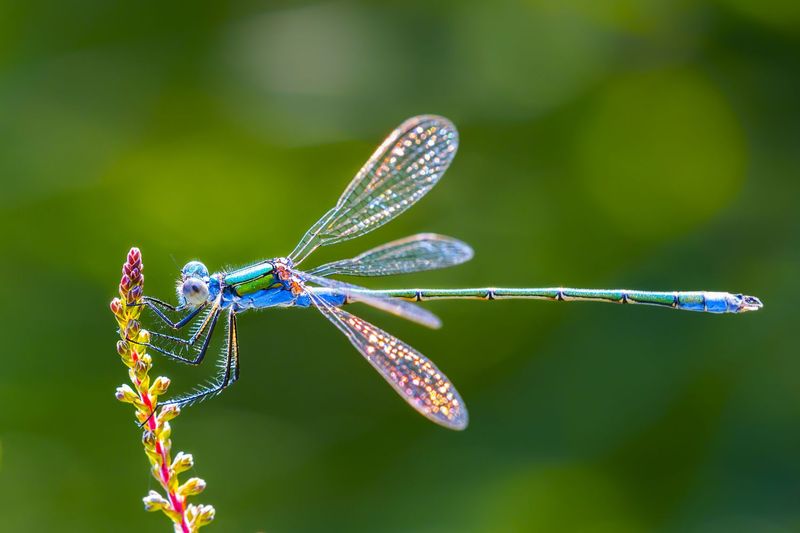
The dragonfly, an aerial acrobat, possesses compound eyes that wrap around its head, providing nearly 360-degree vision.
Each eye contains thousands of lenses, granting it the ability to detect movement with incredible precision. This visual prowess makes it a skilled hunter, capable of catching prey mid-flight and avoiding predators with ease.
5. Giant Clam
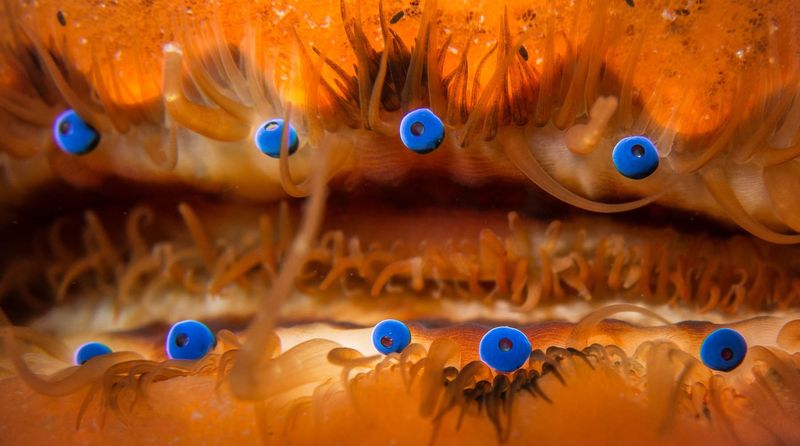
The giant clam, an oceanic giant, hides a secret beneath its vibrant mantle—hundreds of small eyes. These eyes detect light intensity, helping the clam to close its shell when shadows loom.
It’s a simple yet effective defense mechanism that ensures its safety in the bustling coral reef environment. A hidden wonder in the ocean’s depths.
6. Peacock Mantis Shrimp
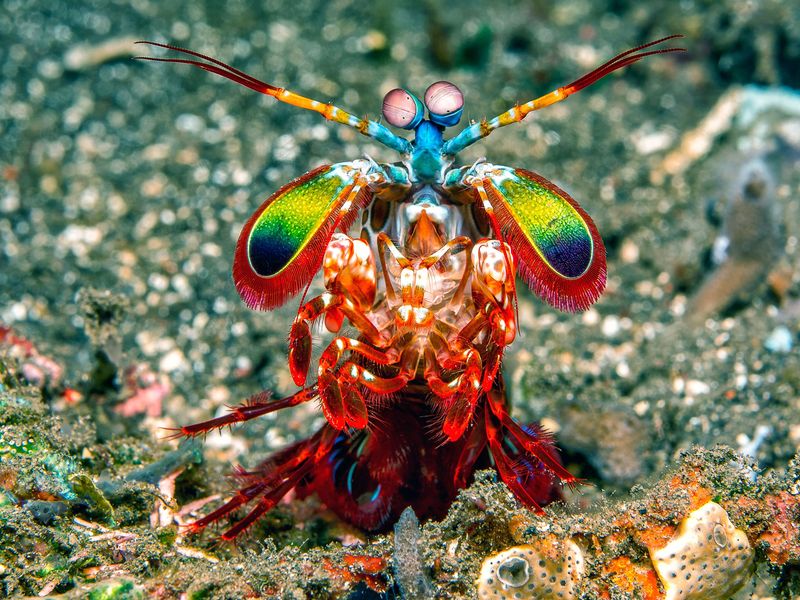
With a punch like a bullet, the peacock mantis shrimp dazzles with its technicolor display and powerful claws.
But beyond its striking appearance, it boasts a remarkable set of eyes—16 photoreceptors allow it to see colors humans can’t even fathom. This visual superpower isn’t just for show; it aids in hunting, communication, and avoiding predators.
7. Box Jellyfish
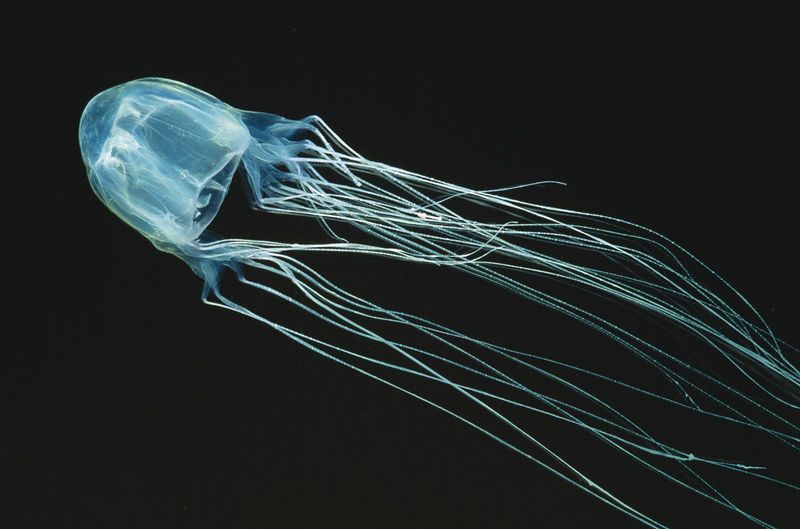
Though feared for its potent sting, the box jellyfish is a marvel of visual sophistication. With 24 eyes organized into clusters, it’s equipped for survival.
These eyes include lenses capable of forming images, unlike most jellyfish. This visual capability helps it navigate its environment, avoiding obstacles and hunting prey with precision in the vast ocean.
8. Opabinia
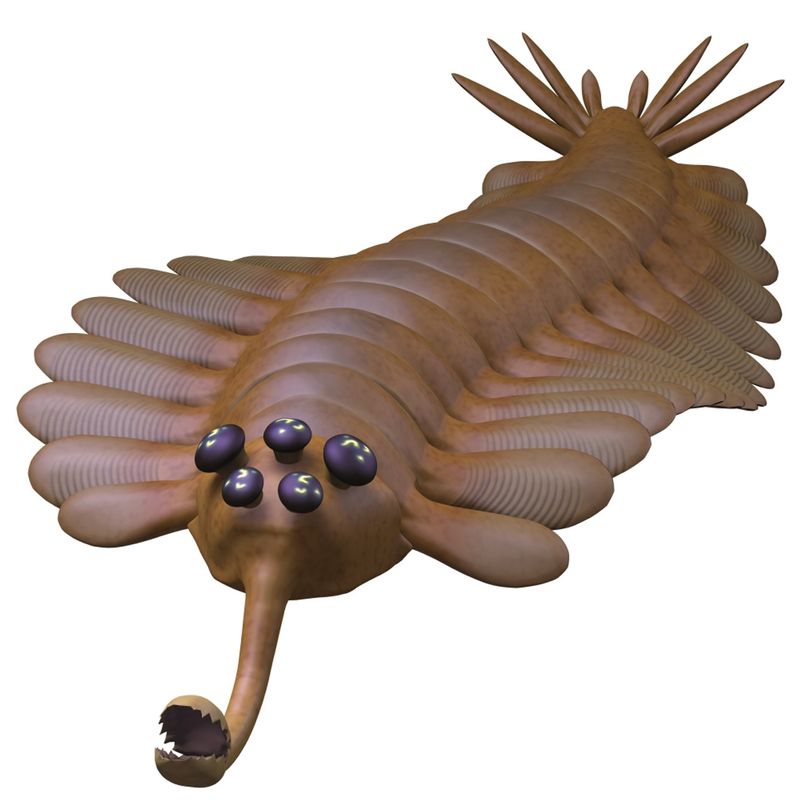
Step back in time to meet Opabinia, an ancient oddity of the Cambrian seas. With five eyes perched on stalks, it was a visual pioneer.
This bizarre setup allowed Opabinia to detect predators and prey from different angles, a crucial adaptation in its prehistoric habitat. Though extinct, its legacy of eye innovation is remembered by paleontologists today.
9. Butterfly
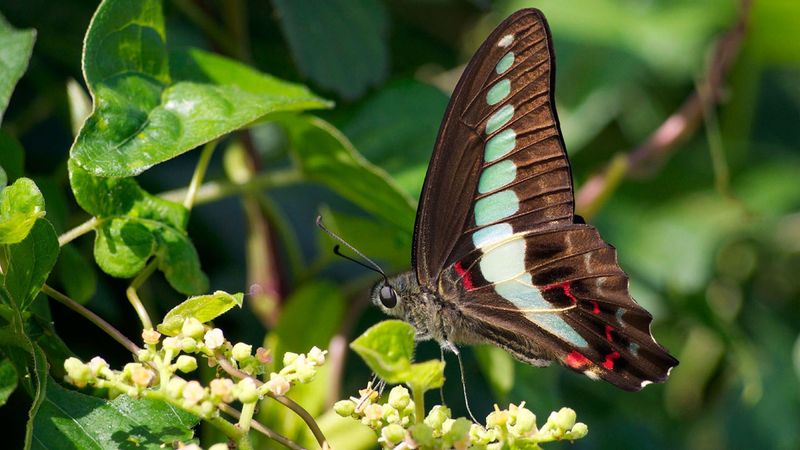
Beyond its delicate wings, the butterfly’s vision is a masterpiece of evolution. Its compound eyes, filled with thousands of hexagonal lenses, provide a wide field of view.
This enables it to detect quick movements and vibrant colors, essential for finding nectar and avoiding danger. A fusion of beauty and functionality in the butterfly’s sensory world.
10. Scorpion
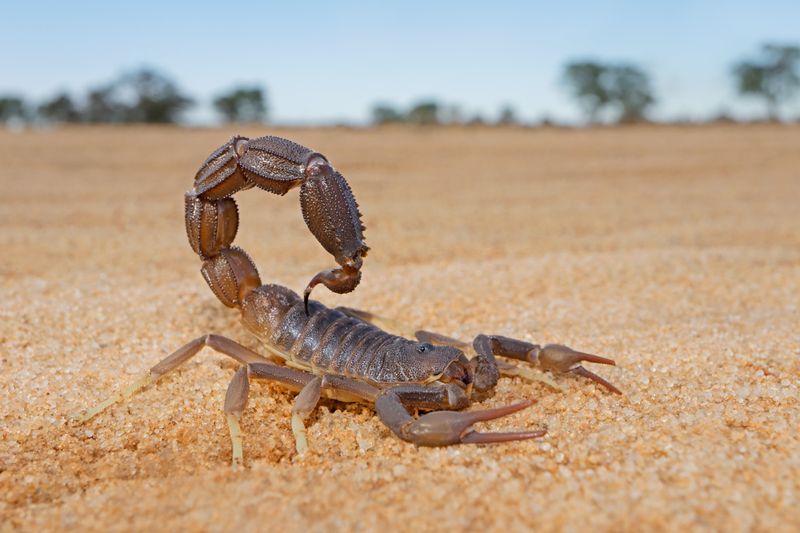
In the harsh desert, the scorpion thrives with the help of its numerous eyes. Strategic positioning of these eyes gives it a panoramic view of its environment. This enhanced vision is crucial for nocturnal hunting, allowing it to detect prey and predators alike. The scorpion’s visual system is as formidable as its sting.
11. Chitons
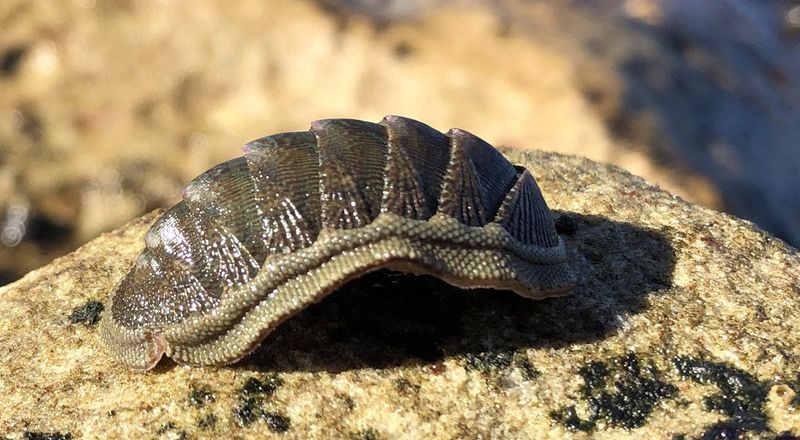
Chitons, the armored grazers of the sea, possess eyes made of aragonite embedded in their shells. These mineral eyes detect changes in light, alerting the chiton to potential threats.
By blending sight with protection, chitons navigate their rocky intertidal homes with resilience and efficiency, proving that nature’s design doesn’t compromise on function.
12. Silverfish
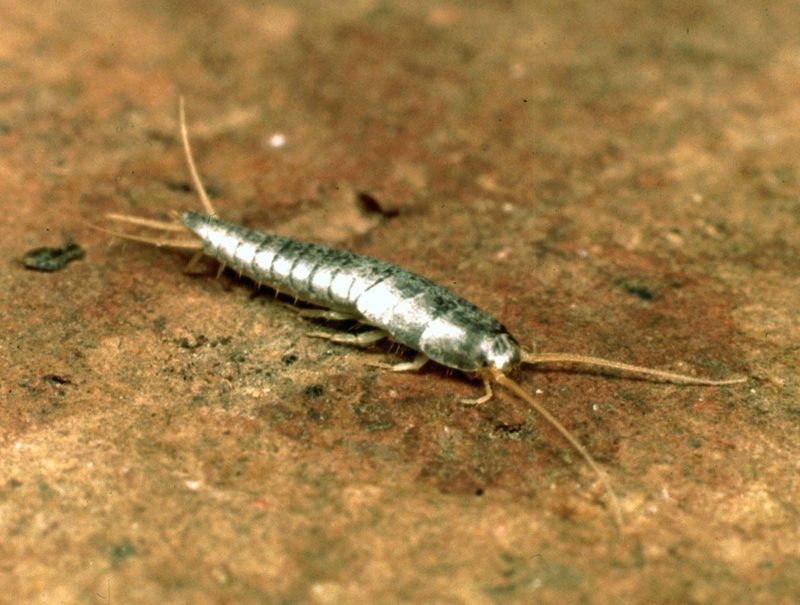
Elusive and quick, the silverfish navigates the shadows with its compound eyes. Though tiny, these eyes allow it to sense changes in light and movement, aiding in its nocturnal escapades.
The silverfish’s understated yet effective vision makes it a master of stealth in the dark corners of our homes, often unseen yet ever-present.
13. Stalk-Eyed Fly
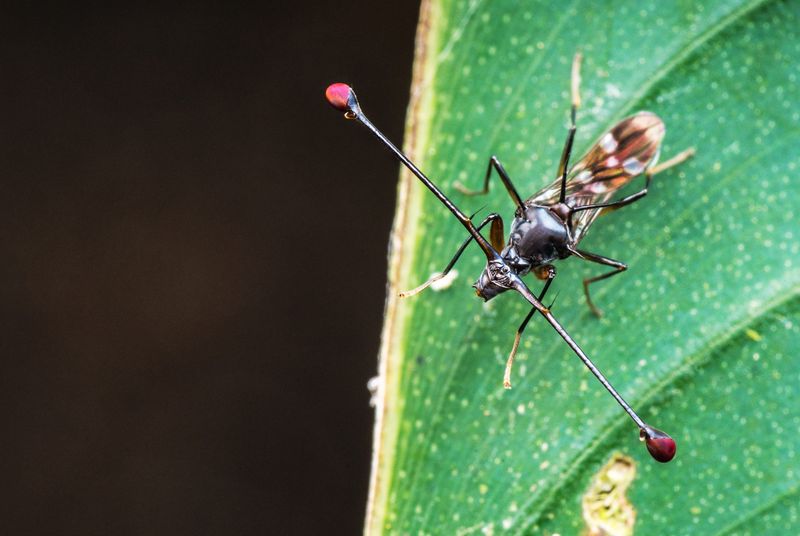
In the world of flies, the stalk-eyed fly stands out with its extreme eye placement. These eye stalks are not just for show; they play a role in mating displays and rival contests.
This unique adaptation enhances its field of view, aiding in survival and reproduction. An extraordinary example of evolution taking a whimsical turn.
14. Octopus
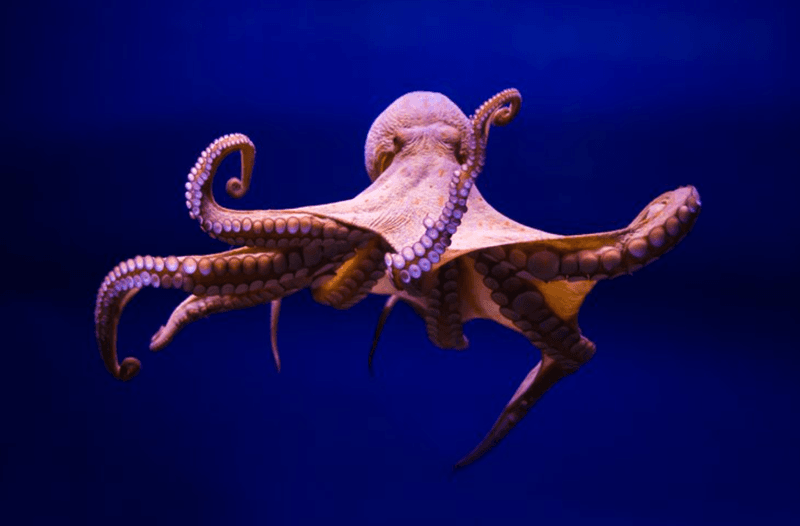
Widely regarded as one of the most intelligent marine creatures, the octopus also possesses incredible eyes. These eyes can detect polarized light, aiding in its camouflaging abilities.
With a keen sense of vision, the octopus navigates and hunts with precision, demonstrating a remarkable blend of brainpower and visual acuity in the underwater realm.
15. Spider Crab
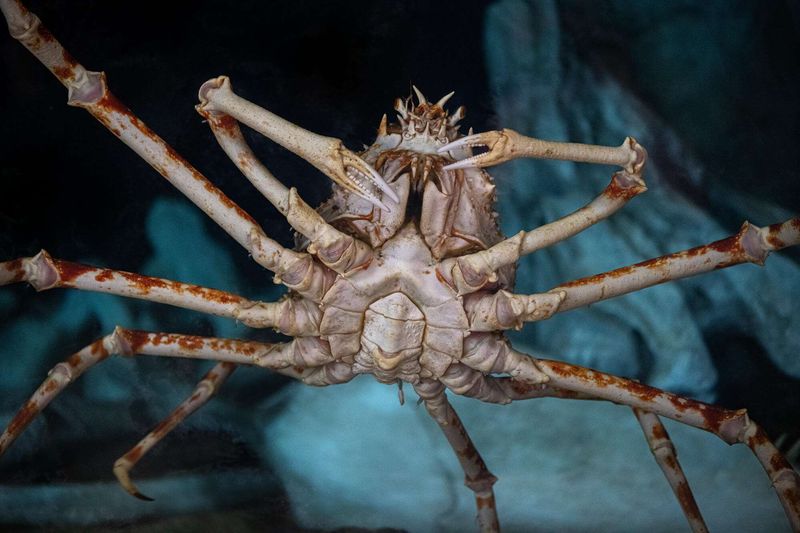
Spider crabs, with their long legs and spiny appearance, are masters of disguise. Their numerous eyes, situated for optimal field of view, allow them to detect predators and prey alike.
This visual setup, combined with their camouflaging skills, helps them thrive in the diverse marine environments they call home.
16. Mantis Shrimp
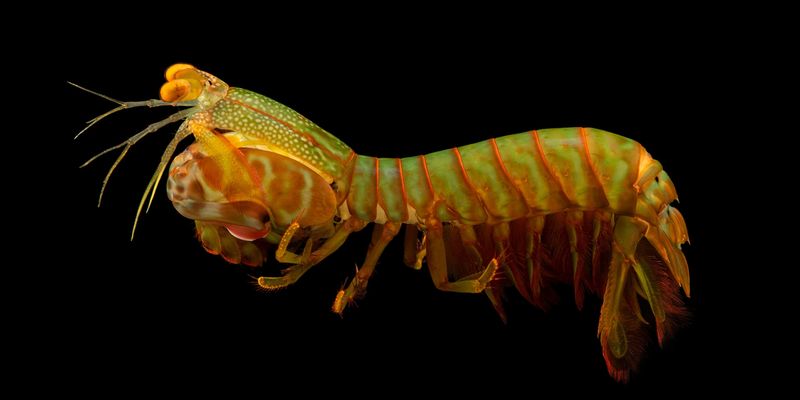
Beyond its powerful punch, the mantis shrimp’s vision is a marvel. Its eyes are capable of trinocular vision and depth perception, thanks to their unique structure.
This capability allows the mantis shrimp to judge distances with pinpoint accuracy, making it a formidable hunter. An extraordinary blend of power and perception beneath the waves.
17. Three-Spined Stickleback
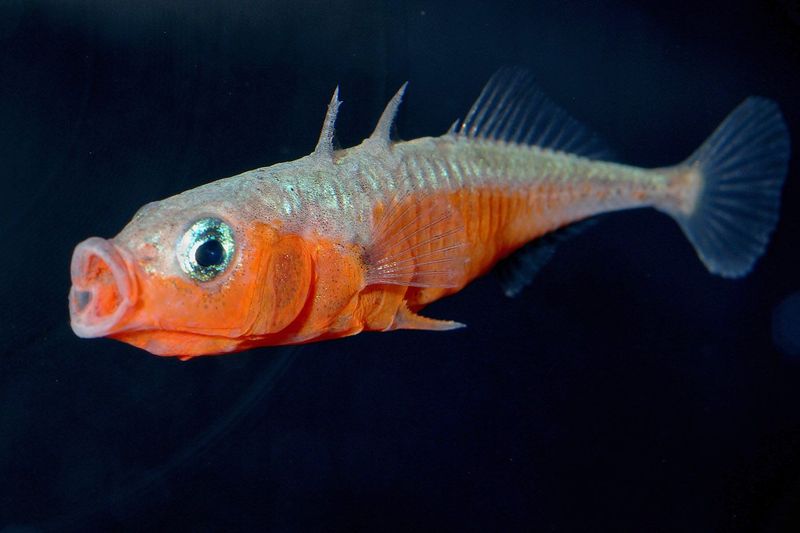
The three-spined stickleback, small yet vigilant, uses its reflective eyes to detect predators and prey in its freshwater habitat.
These eyes enhance its ability to perceive contrasts in the water, aiding in quick reactions necessary for survival. The stickleback’s vision is a testament to the evolutionary arms race in aquatic environments.
18. Jumping Spider
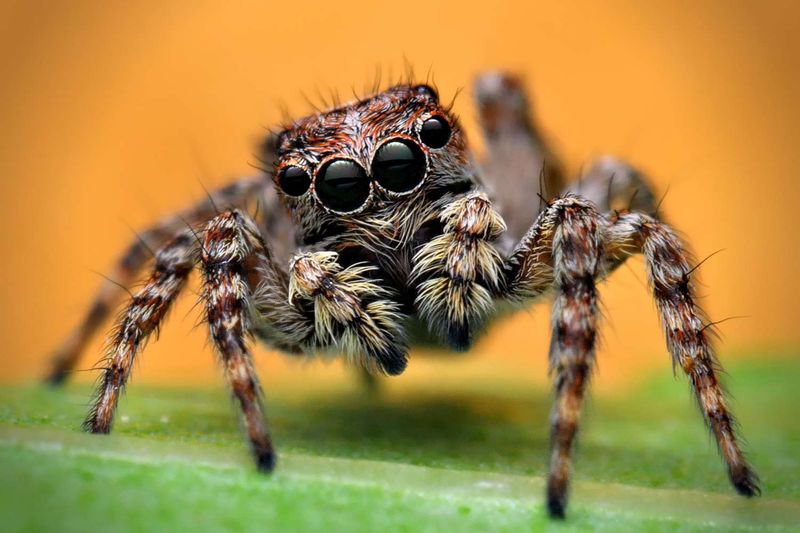
The jumping spider, tiny yet mighty, is a master of agility. Equipped with eight eyes, it’s the ultimate predator in the insect world.
Its primary pair of large, central eyes provide sharp vision, allowing it to judge distances accurately. The additional six eyes offer a wide field of view, making escape from danger a swift leap away.
19. House Centipede
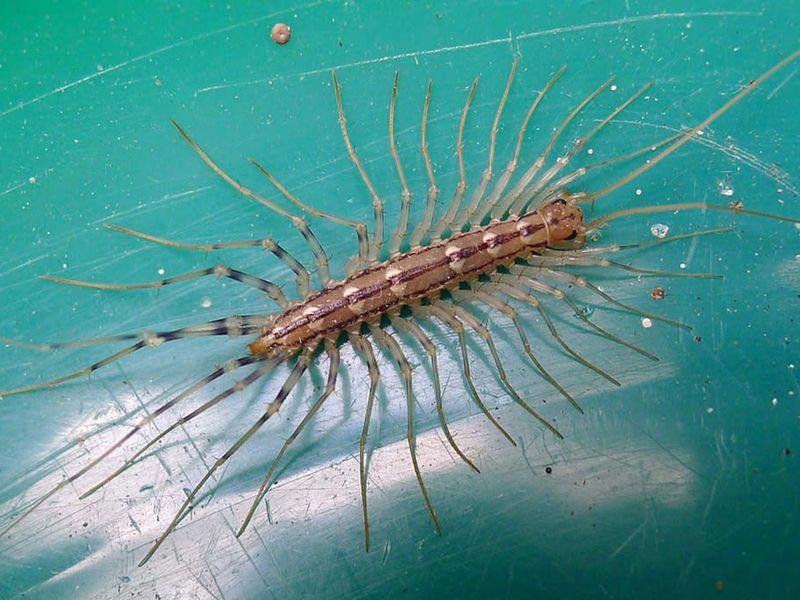
With an unsettling number of legs, the house centipede also sports clusters of eyes. These eyes, though not highly developed, enable it to detect movement, crucial for hunting insects.
Despite its alarming appearance, the house centipede is an ally in pest control, using its sensory advantages to keep our homes bug-free.
20. Cuttlefish
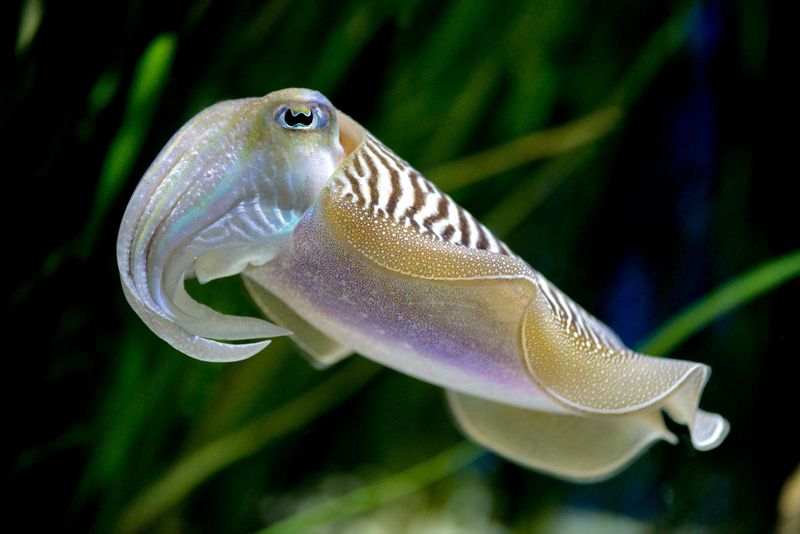
A master of disguise, the cuttlefish combines its color-changing skin with advanced eyes to navigate and hunt. Its w-shaped pupils enhance peripheral vision and depth perception.
This visual prowess, paired with its camouflage skills, makes the cuttlefish an elusive predator. A stunning example of nature’s artistry in the ocean’s depths.



